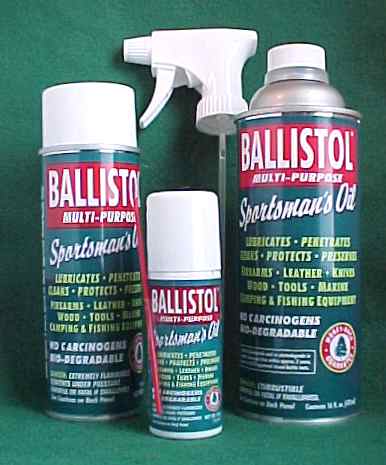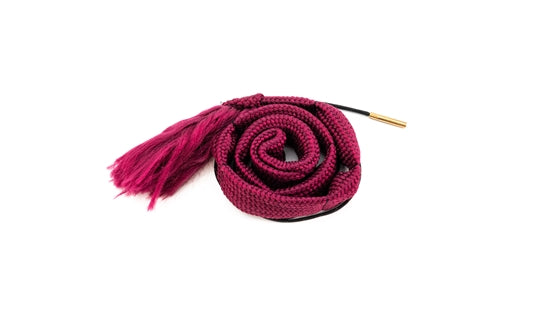Ragweed Forge is a great place to get knife building supplies. Customer service is awesome! I built my first knife with a Helle knife blade and Bocote wood from Ragweed Forge. I'll definitely continue to order from Ragweed Forge!
Recently, I passed on very particular knife due to some more pressing obligations. Sometimes, you just KNOW a knife feels right and it's "yours". When telling Redbeard this story, he graciously offered to help me find one for the Christmas season. I originally declined as my heart was set on this exact one, in which I was sure it was now destined for someone else. Low and behold an opportunity presented itself for this one! I asked Redbeard if the offer still stood and if he could procure it as I could not directly. He went to work and was able to work his EXCEPTIONAL customer service magic to make it happen. I received the knife from him today and absolutely love it.
For years I have been a loyal and extremely happy customer of Redbeard and Ragweed Forge and have had the pleasure and HONOR to call him a friend. THIS is why. He truly cares about his customers and goes out of his way for them. I have raved about his business for years and love him being my primary procurer of shiny, pointy things. Redbeard, THANK YOU, so very much, for all that you do for me and for all of your customers. You are a blessing to deal with and I cherish being one of your customers. You know I'll be back again as always and will strive to bring others as well! It's nice to be able to stake your own reputation on someone else's business and care with absolutely no hesitation whatsoever. You take such great care of all and we so very much appreciate it!
A great source of hard to find items. Quick as it should be, customer service is quick to answer questions. I purchased some Helle blànks and all are perfect. Trying a Laurie Little Leuka to emulate a Grandfather knife, so I ordered one of them also. Priced right. Thanks
I ordered this knife last Thursday and it has already been delivered!! Excellent shipping and fast service....oh and the knife - hubby LOVED it!! Will definitely be ordering from Ragweed Forge again!! Thank you so much
I purchased 2 Laurin Metalli blades from Ragweed, as well as some finger guards. These blades are very high quality and everything arrived on time. I will definitely be shopping here again!














